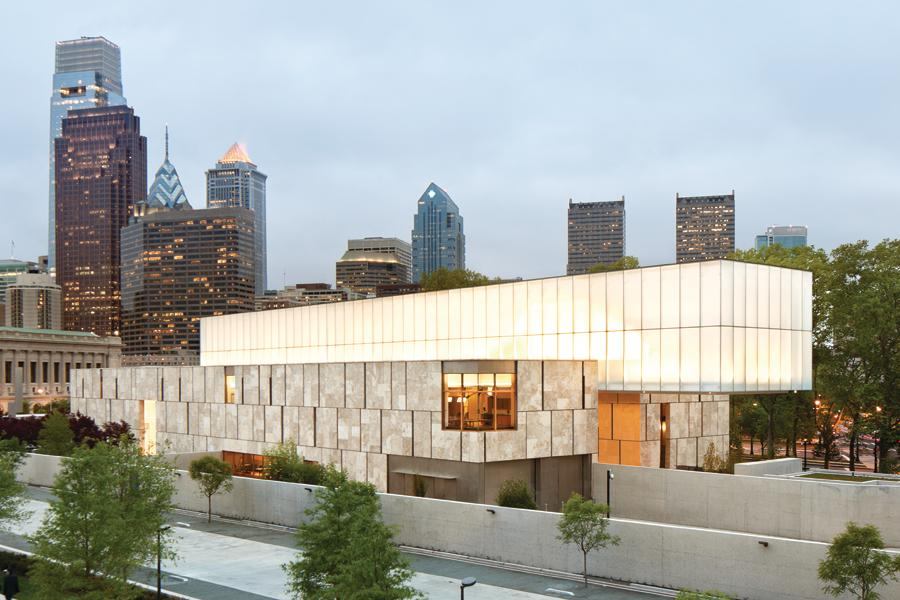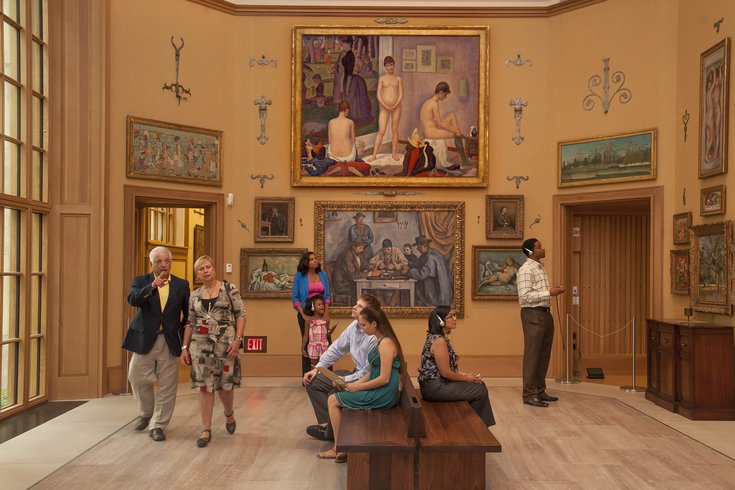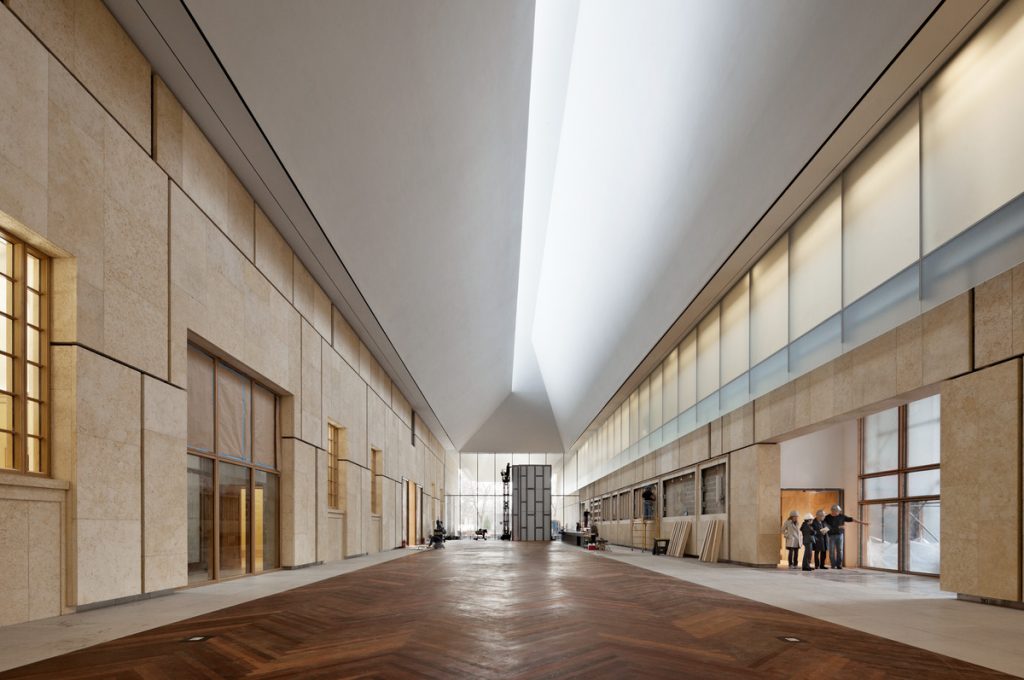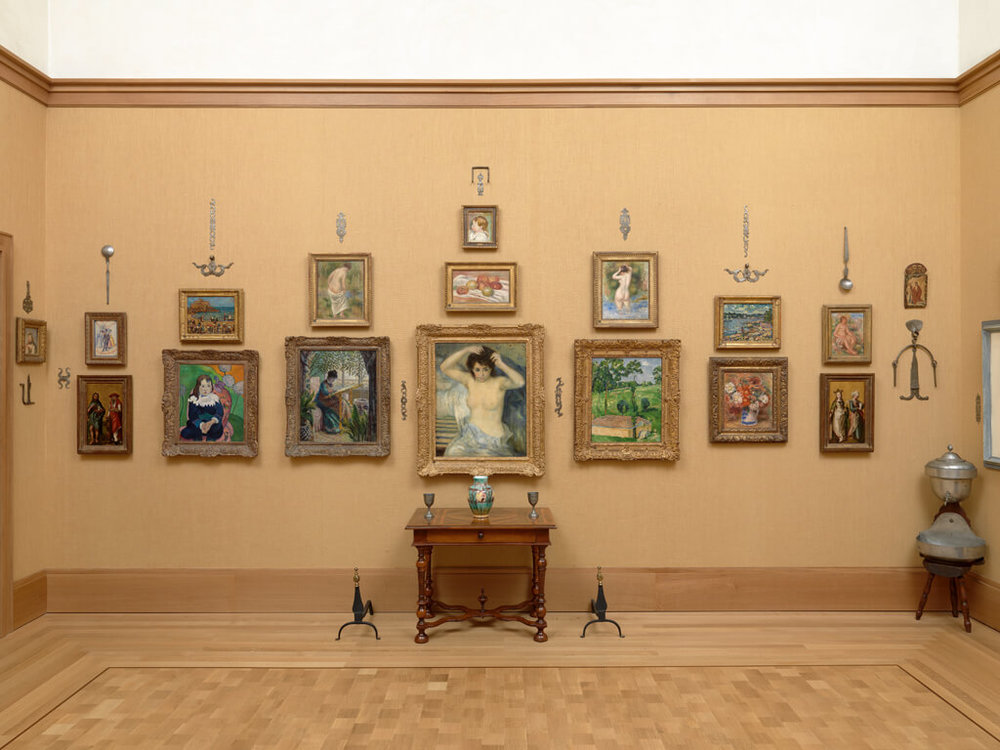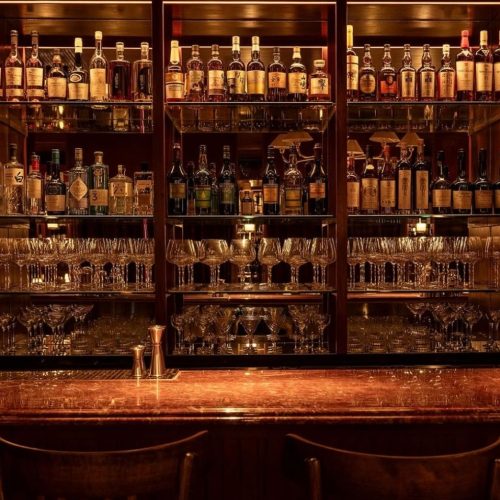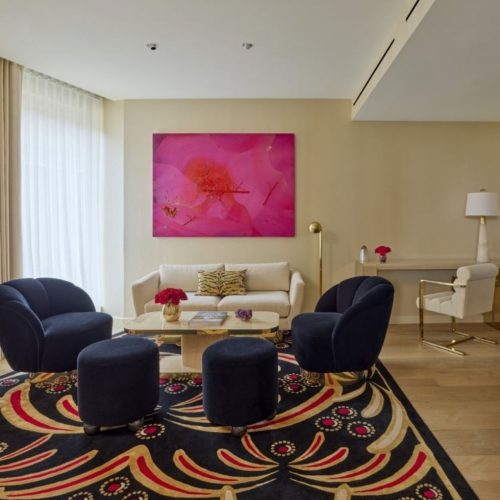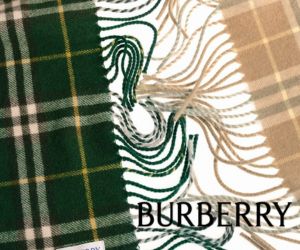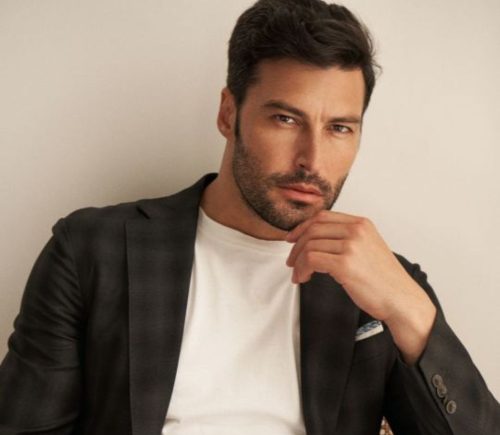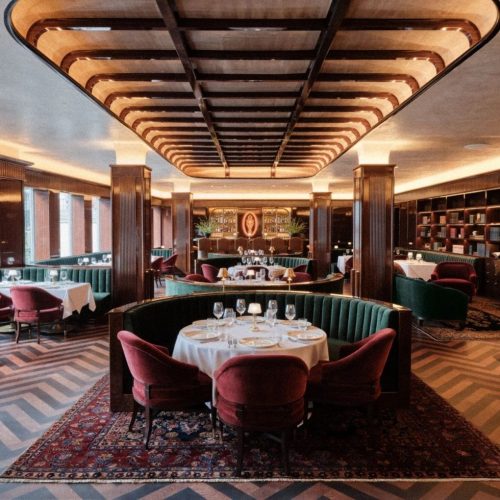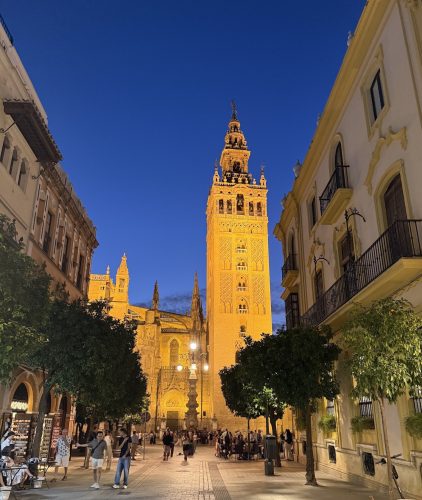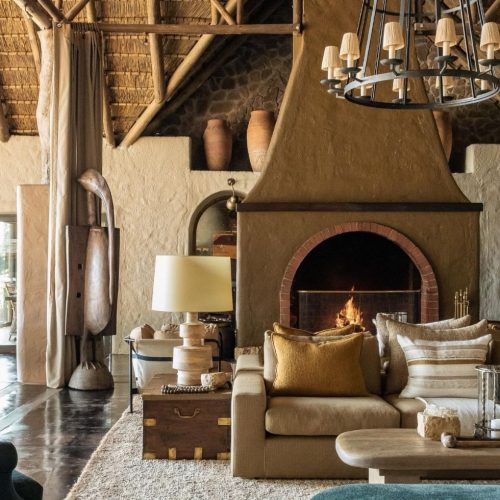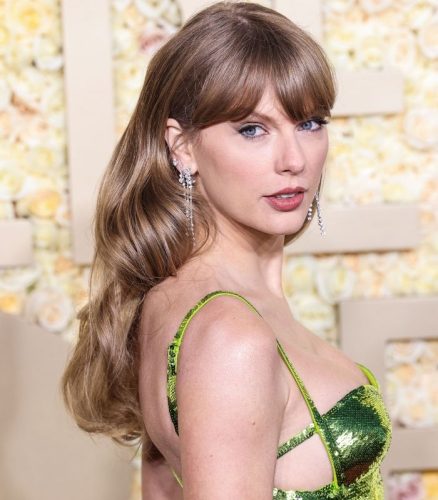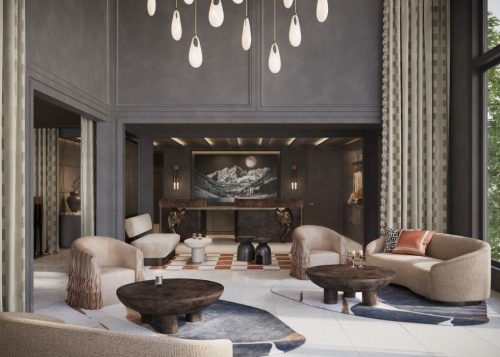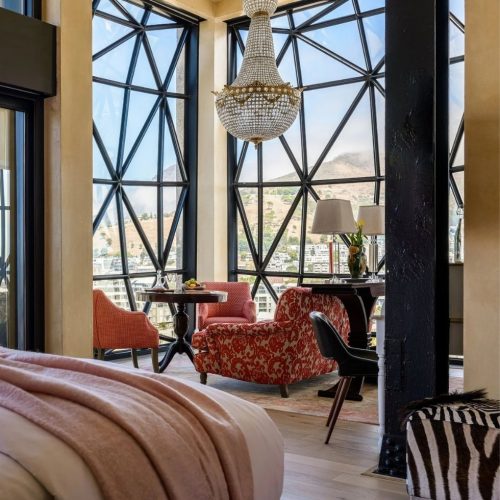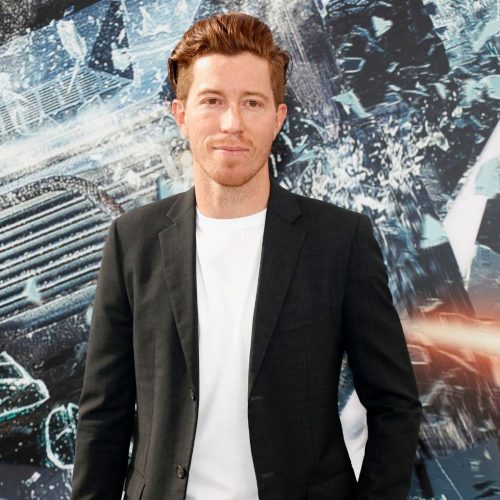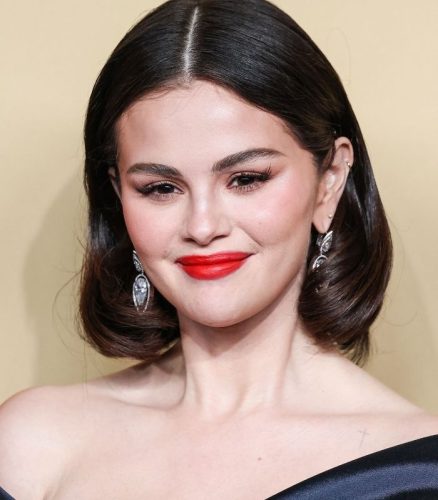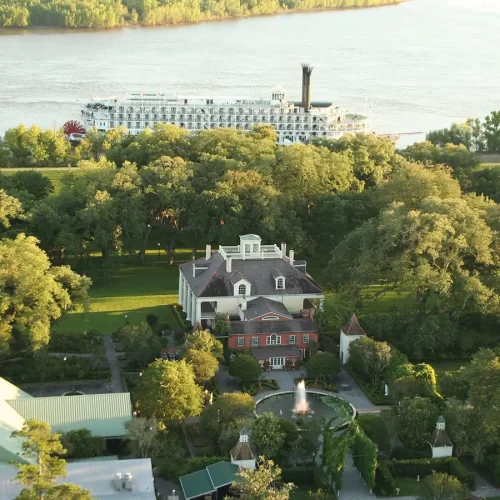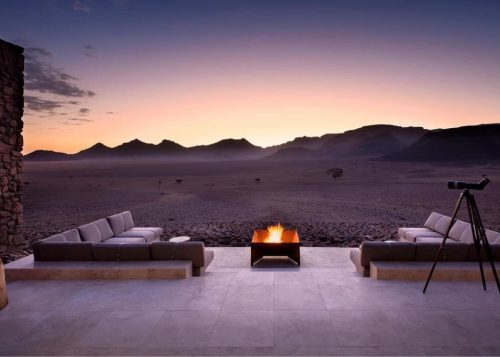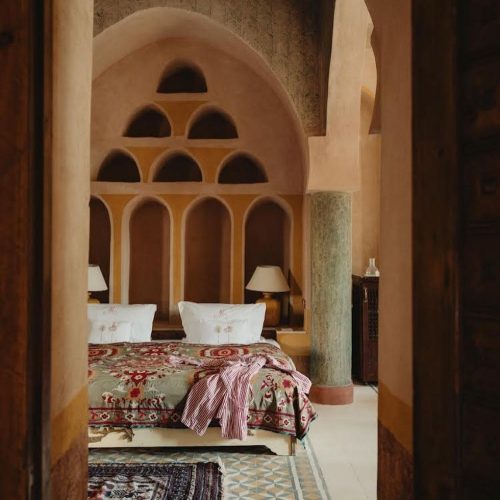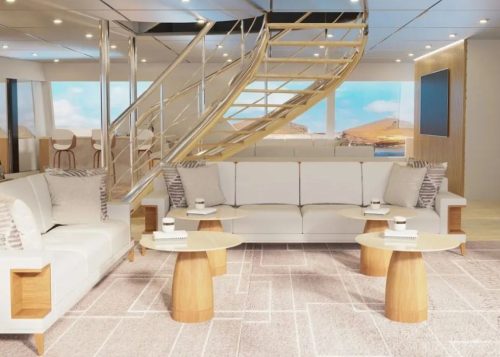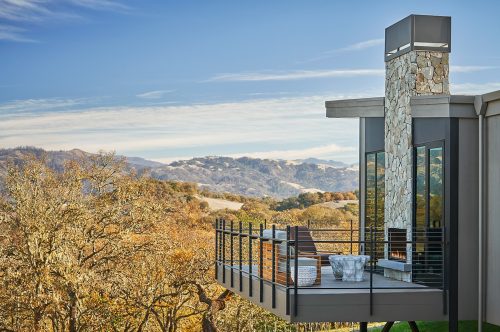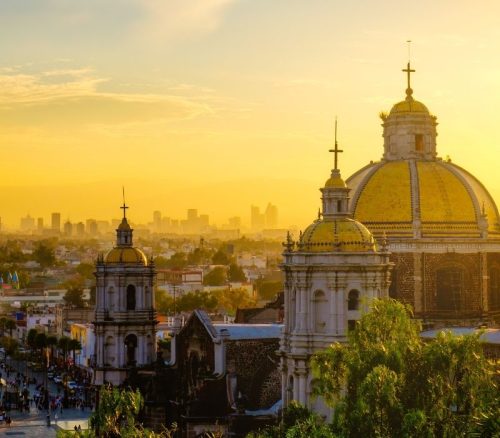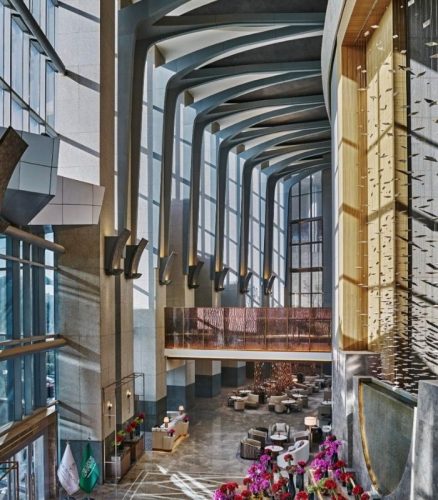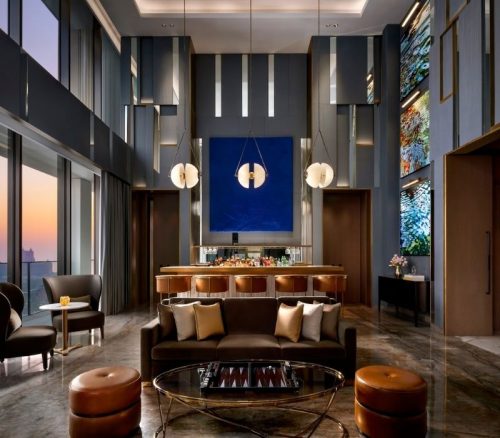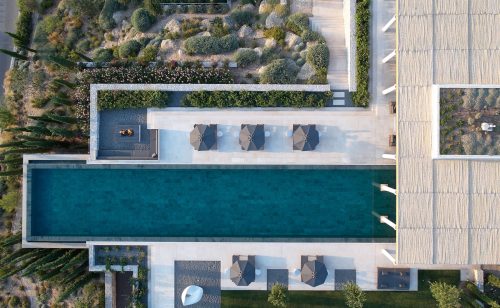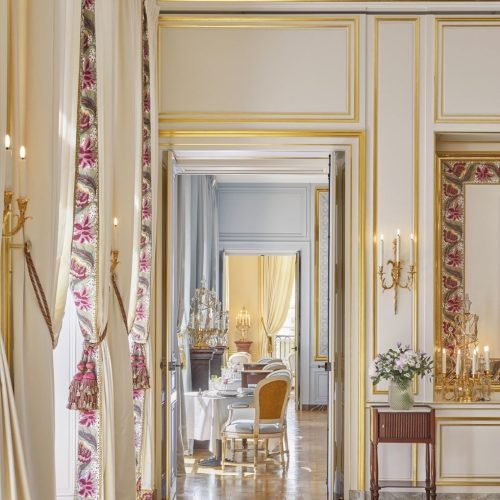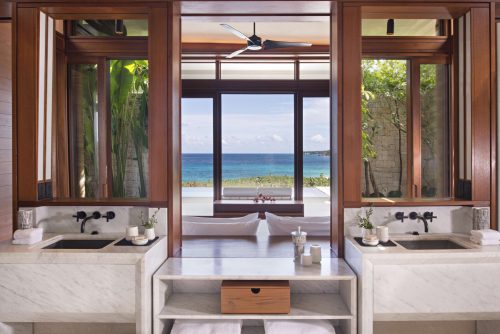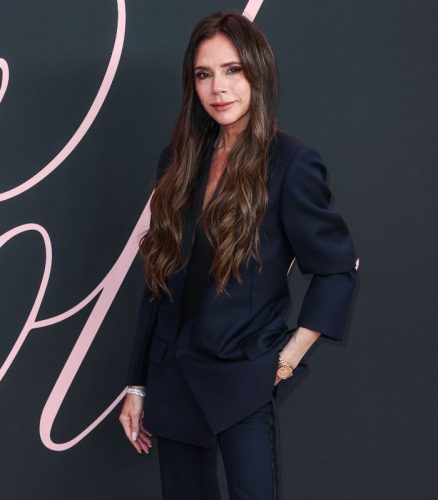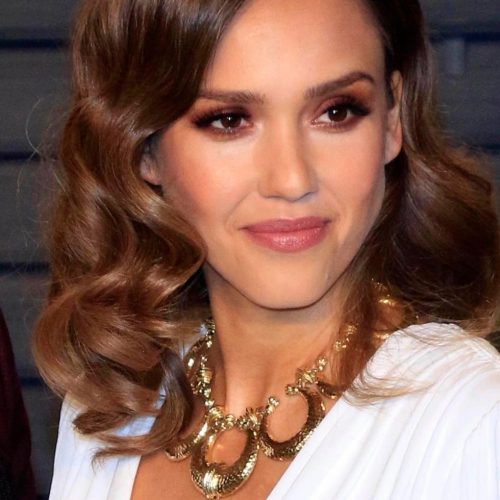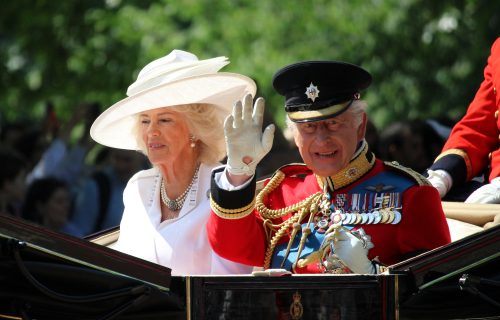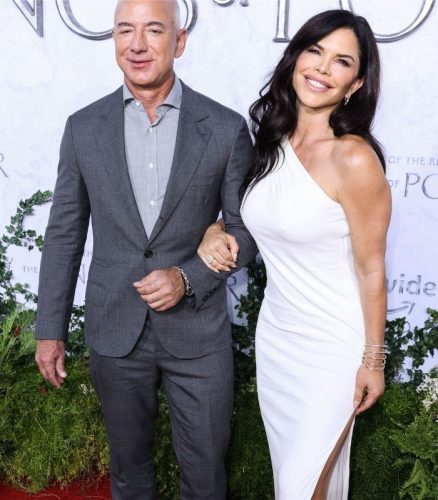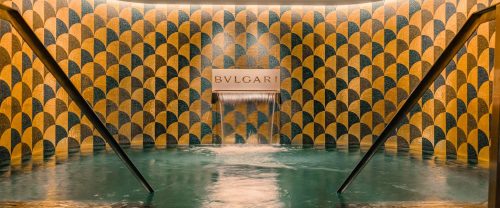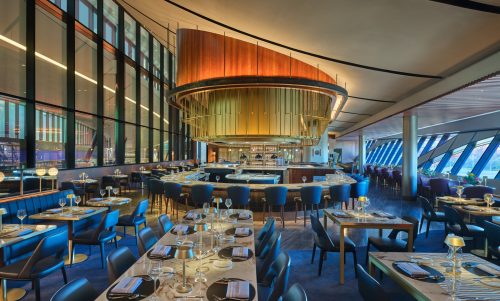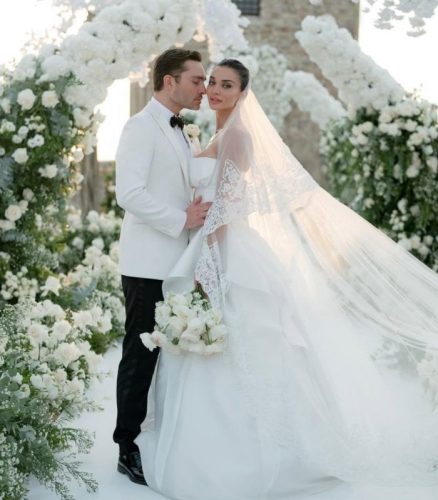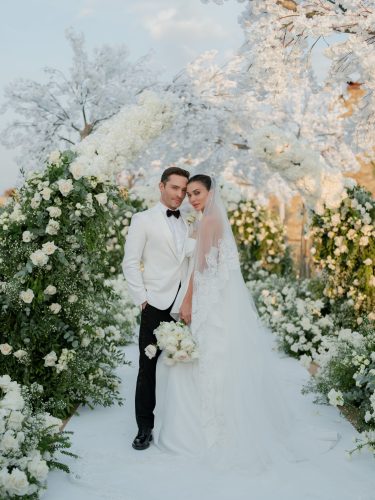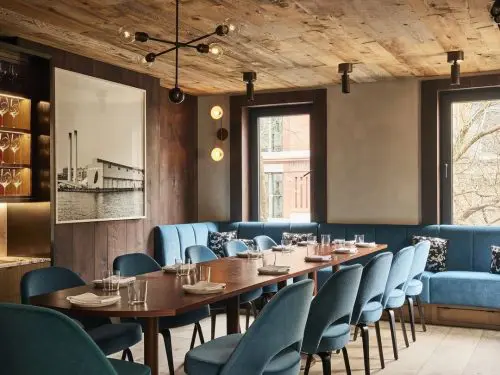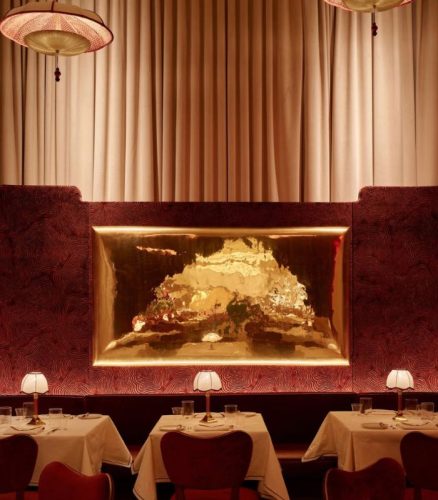The Foundation
The Barnes Foundation is celebrating its 100th year as home to one of the most impressive art collections in the world. It is located on Benjamin Franklin Parkway, a popular tourist area with multiple museums along the Schuylkill River in Philadelphia. Its permanent collection includes works that were acquired from 1912-1951 by its founder, Albert C. Barnes. In addition to its permanent collection the foundation has rotating exhibitions year round. The Current show, Water, Wind, Breath: Southwest Native Art in Community, is on view until May 15th.
Albert C. Barnes
Albert C. Barnes made his fortune by co-inventing an antiseptic for gonorrhea and other inflammatory diseases. In 1912, after running a successful business and having attained a huge amount of wealth, Barnes began collecting art. As a result, with his growing collection and popular interest, Barnes set up his foundation in 1922. After that he bought a twelve acre arboretum in Marion, Pennsylvania to house his works and educate the community. Furthermore, he sold his company in 1929, just before the stock market collapse, and devoted himself to running the foundation.
Education
Barnes followed the teachings of philosopher, John Dewey, who believed that education was paramount to democracy. Consequently, he started holding art appreciation lessons in his factory which included discussions on art and philosophy. These sessions included many African American workers, particularly women, who Barnes employed despite the national prejudice against them. Therefore, instead of setting up his foundation as a typical museum Barnes focused on the educational possibilities of his collection.
Architecture and Reach
In 2012 The Barnes Foundation moved to its current home along the Benjamin Franklin Parkway. Tod Williams Billie Tsien Architects designed the L-shaped two story building with walls of fossilized limestone. A lightbox running the length of the building allows light into the many open spaces and courtyards inside. As a result of moving locations the reach of their educational programs vastly increased. For example, the foundation now reaches around 12,000 school children a year.
The Artwork
The permanent collection includes important impressionist, post-impressionist, and modern paintings. These are shown salon style, alongside many items from antiquity collected in parts of Europe, Africa, America, and Asia. The current special exhibition, Water, Wind, Breath: Southwest Native Art in Community celebrates art made by Pueblo and Navajo communities. This comprises of pottery, textiles, and jewelry of incredible cultural significance. The exhibition embodies some of the values kept alive through the hardship these communities faced.

